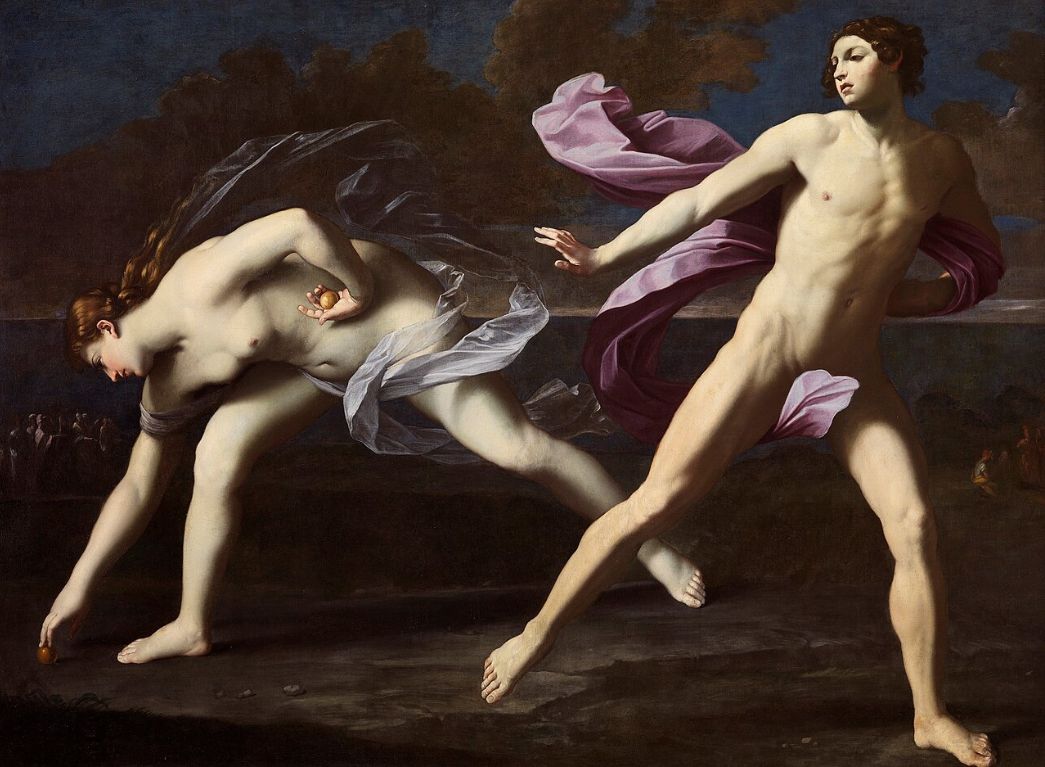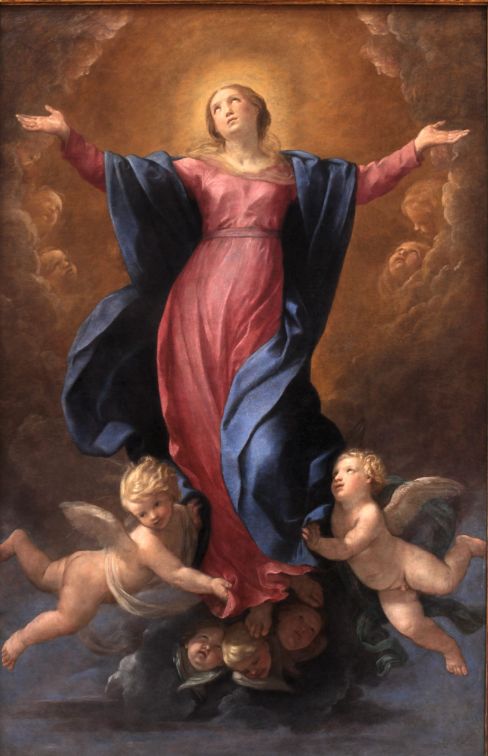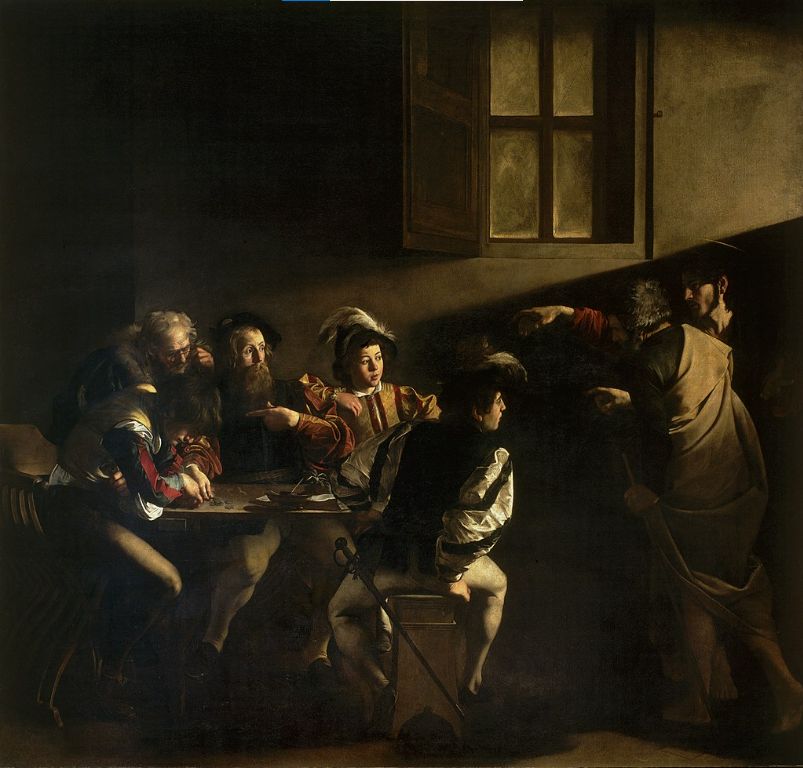In 17th-century Rome, Guido Reni (1575-1642) emerged as an outstanding representative of the idealized art style. His works primarily focused on religious and mythological themes, showcasing the nobility of figures through dramatic chiaroscuro techniques. Born in Bologna, Reni spent most of his career in Rome. His artistic style was significantly influenced by the dramatic light and shadow effects of Caravaggio, despite his early training under a mannerist painter from Antwerp.
Reni's achievements in art are particularly evident in his idealized treatment of human figures. For instance, in his painting "Atalanta and Hippomenes," the protagonists' ballet-like movements, graceful yet unnatural postures, and the purposefully flowing ribbons evoke the painting styles of the 16th century. These youthful bodies, rendered with realistic and balanced proportions, demonstrate the teachings of Caravaggio's techniques.

Reni's art extended beyond mere aesthetic beauty, encompassing profound spiritual content. "Atalanta and Hippomenes," for example, is based on a story from Ovid's "Metamorphoses." The graceful poses and dynamic composition of the characters in this painting are reminiscent of ancient low reliefs and the quadri riportati in the Farnese Palace ceiling. This artistic approach not only showcases Reni's understanding and continuation of classical art but also reflects his unique perspective on idealized aesthetics.
Reni often created his works at the behest of collectors, allowing him to fluidly navigate different styles and subjects. His religious paintings, such as "The Assumption of the Virgin," demonstrate his ability to convey solemnity and grandeur in religious themes, while his portraits reveal a deep insight into the inner world of his subjects.

During Reni's time, Rome was a cultural hub that attracted many artists seeking inspiration and a platform to showcase their talents. The city offered a rich artistic heritage and cultural atmosphere, serving as a testing ground for emerging art styles and techniques. In such an environment, Reni continuously explored and innovated, ultimately developing his unique artistic style. This style not only influenced his contemporaries but also provided important references for future art developments.
As a painter from Bologna, Guido Reni's success in Rome underscored his artistic talent and relentless pursuit of idealized aesthetics. His works strove for perfection in form while also providing profound spiritual insights to the audience. Reni's artistic achievements are reflected not only in his use of light and color but also in his delicate portrayal of human inner worlds and his inheritance and innovation of classical art spirit.

In conclusion, Guido Reni held a significant position in the art world of 17th-century Rome. His idealized art style not only inherited Caravaggio's dramatic lighting effects but also incorporated his unique understanding of human figures and spiritual content. Reni's art was highly acclaimed during his time and has had a lasting impact on future generations.